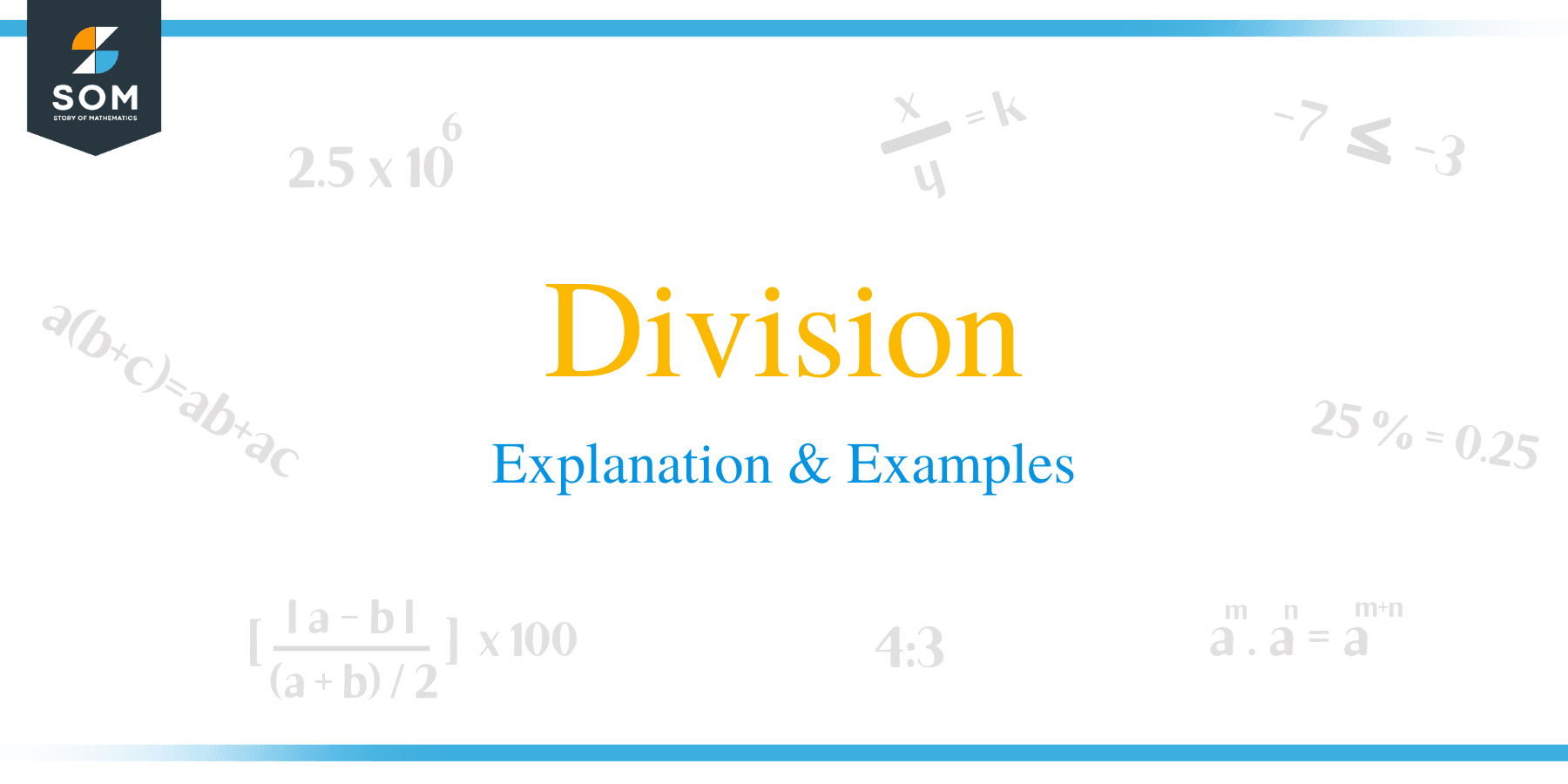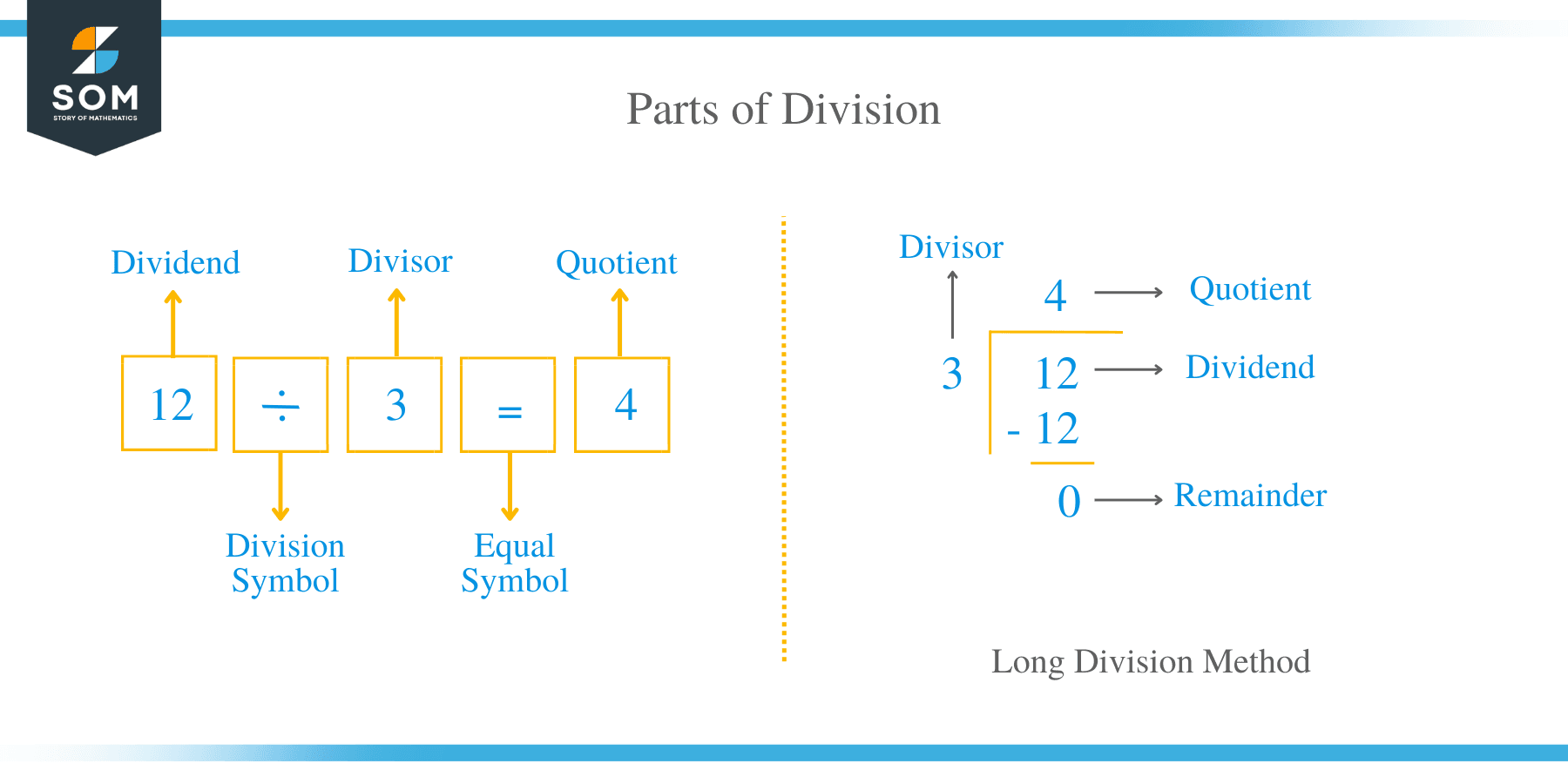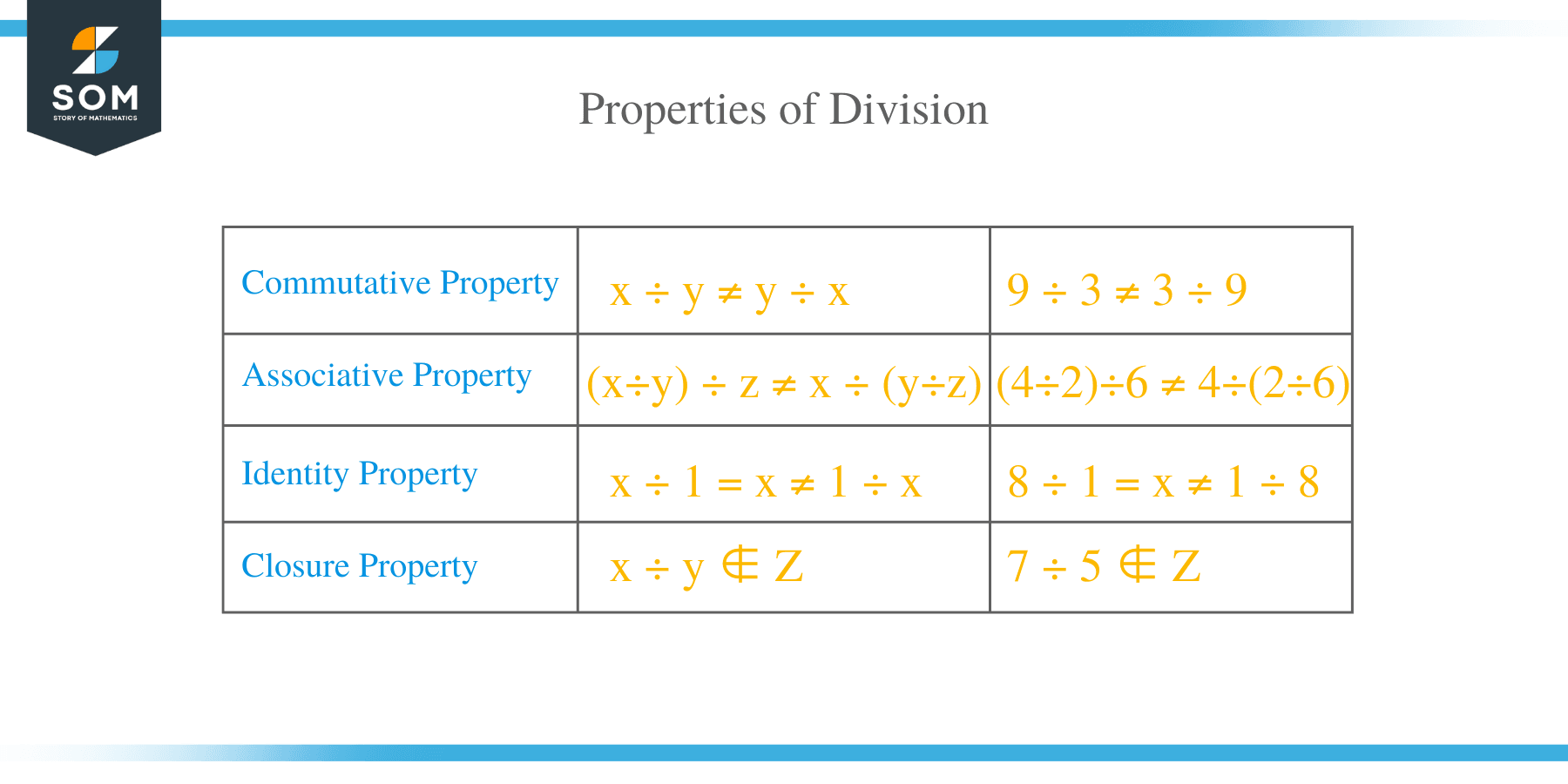- Home
- >
- Division – Explanation & Examples
JUMP TO TOPIC
Division – Explanation & Examples
 Division is one of the four basic operations which distributes a number into equal parts. It is denoted by several symbols: the slash, the horizontal line, and the division sign. The horizontal line was introduced by Arabs and used by European mathematicians in the 13th century. It was officially first used by a Swedish mathematician, Johann Rahn, in 1659.
Division is one of the four basic operations which distributes a number into equal parts. It is denoted by several symbols: the slash, the horizontal line, and the division sign. The horizontal line was introduced by Arabs and used by European mathematicians in the 13th century. It was officially first used by a Swedish mathematician, Johann Rahn, in 1659.
What is Division?
The division is a mathematical technique where a number is shared into smaller groups or a technique of distributing quantities into equal parts. It is normally one of the basic operations in arithmetic, which results in fair sharing.
The division is an inverse operation of multiplication. For example, the multiplication of 5 by 2 gives 10. Either of the factors 2 and 5 can be obtained by dividing 10 by any of the numbers.
Parts of Division
- The Dividend
In the division sentence, the dividend is the number that is to be divided. For example, in an expression: 12 ÷ 3 = 4 1/3, the dividend is the number 12.
- The Divisor
The divisor in the division sentence is the number that divides the dividend. For instance, in an equation: 12 ÷ 3 = 4 1/3, the number 3 is the divisor.
- The Quotient
The quotient is the number of times the divisor divides the dividend. In this 12 ÷ 3 = 4 1/3, 4 is the quotient.
- The Remainder
The number which is left over after the operation of division is known as the remainder. For example, in 12 ÷ 3 = 4 1/3, the number 1 is the remainder. It can be noted that the divisor is the denominator of the answer.
Properties of Division
- Closure Property
In division, the closure property states that the division of two whole numbers does not give a quotient a whole number. For example, in 10 ÷ 5, the quotient is a whole number, but for 5 ÷ 10, the quotient is not a whole number.
- Commutative Property
The commutative property does not apply to the division of numbers. For instance, a ÷ b ≠ b ÷ a.
- Associative Property
The Associative property does not apply to the division of numbers. In general, a ÷ (b ÷ c) ≠ (a ÷ b) ÷ c
How to Divide Numbers?
- When a number is divided by 1, the quotient is the number itself.
Example: 45 ÷ 1= 45.
- The quotient is 1 if a number is divided by itself.
Example: 5 ÷ 5 = 1
- In the division of any negative or positive number by zero, the result is always undefined. It is therefore meaningless to divide any number by 0.
Example: 2 ÷ 0 = Undefined
- The division of zero by any positive or negative number gives zero as the quotient.
Example: 0 ÷ 2 = 0
- The decimal point is moved to the left in the division of any number by another number in multiples of 10, 100, 1000, etc.
Example: 5 ÷ 10 = 0.5 and 5 ÷ 1000 = 0.005
- Positive number / Positive number = Positive quotient
Negative number / Negative number = Positive quotient
Negative number / Positive number = Negative quotient
Positive number / Negative number = Negative quotient
